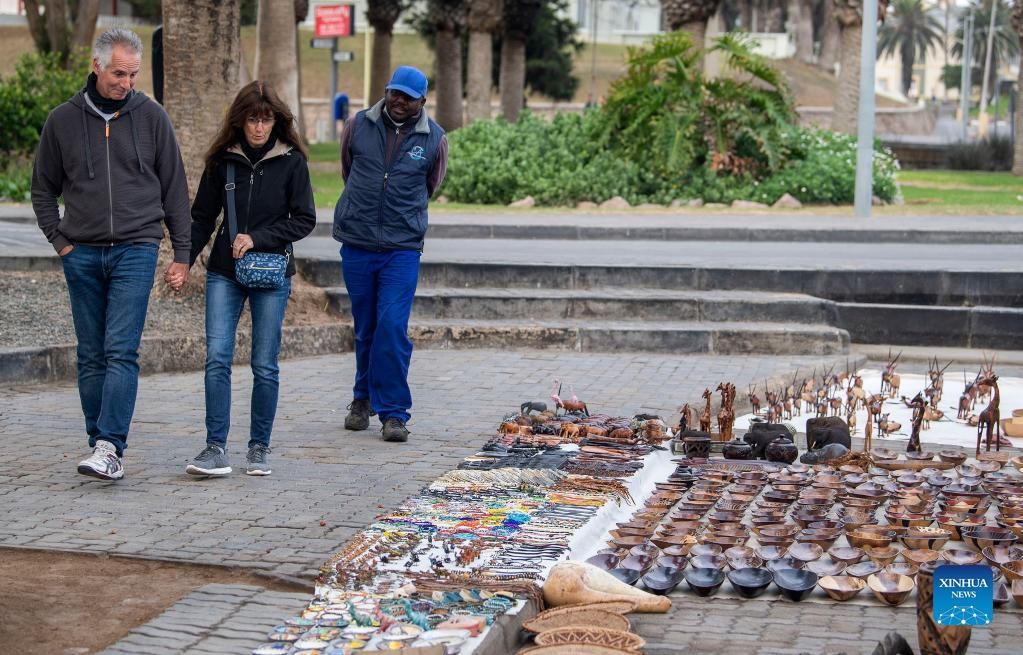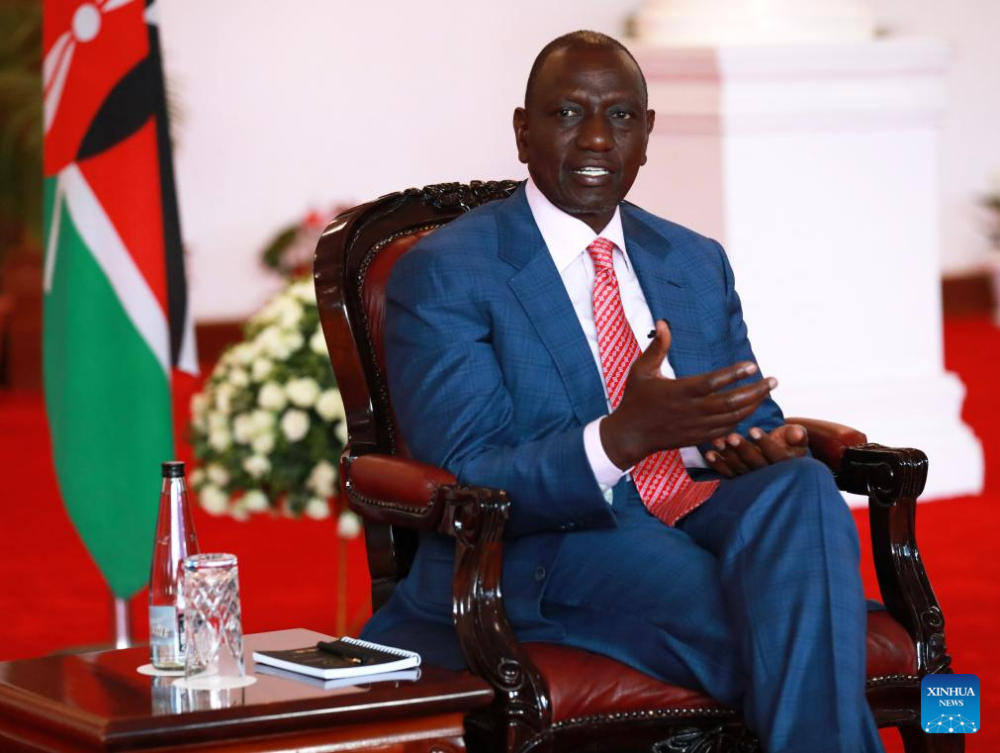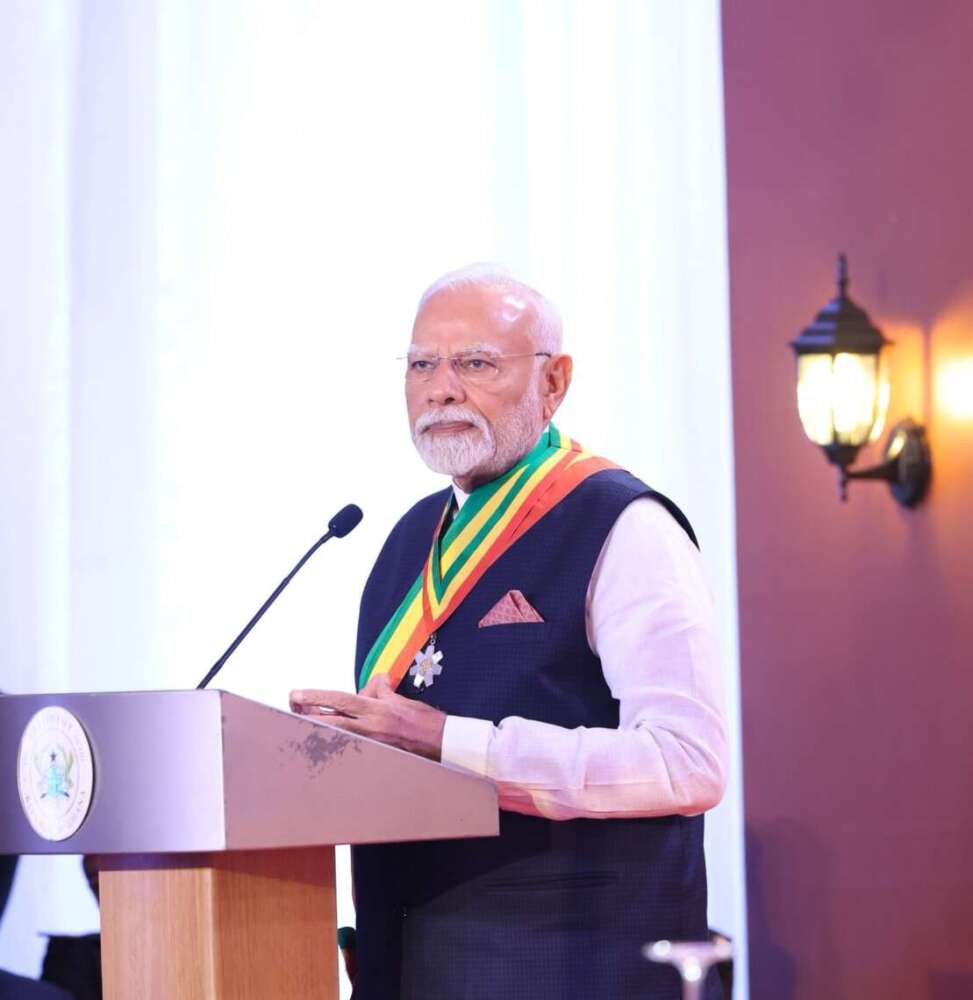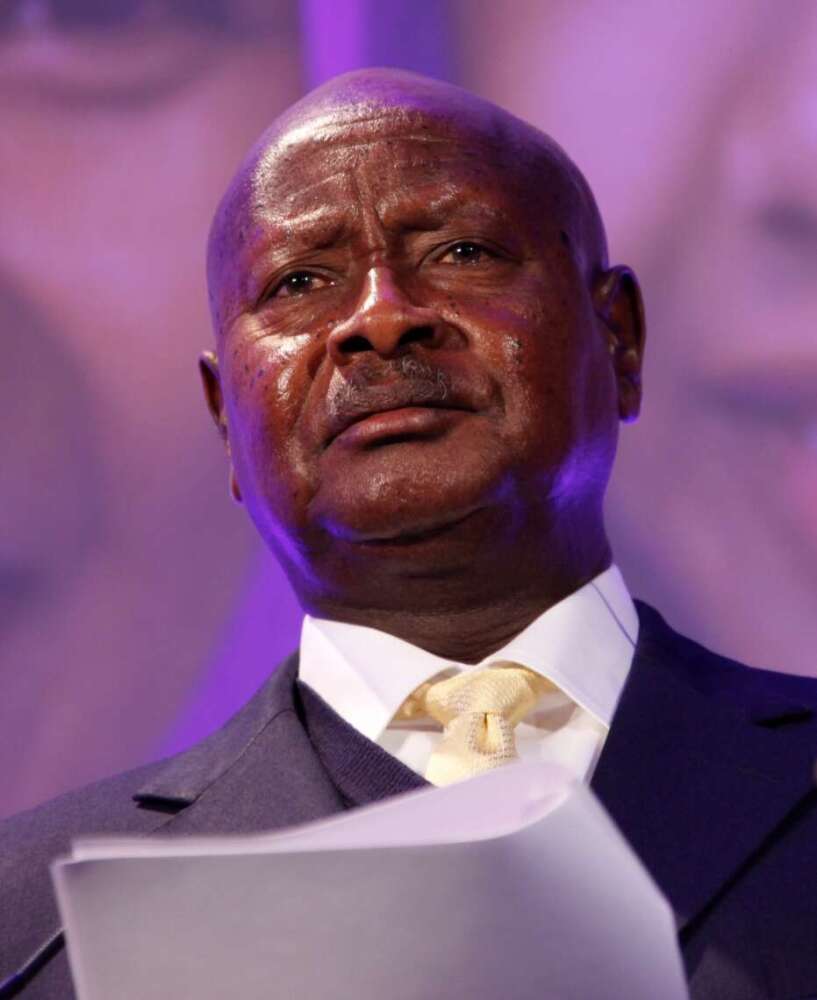High living costs in South Africa, Namibia could cause unrest
Analysts have warned that the steep rise in gasoline prices in June will result in further price hikes in food and transportation, leading to higher living costs for millions of consumers that could result in social unrest.
“The people in South Africa will suffer from these increases, and it will worsen in the coming months. This could trigger social and political unrest, I’m afraid,” warned senior economist Dawie Roodt at Efficient Group.
Statistics South Africa said fuel is more than 30 percent more expensive compared to a year ago, with the price of 95-octane gasoline going from 17.32 South African rand (about 1.12 U.S. dollars) per liter to 24.17 rand per liter.
The spike in fuel prices has resulted in more than 10 percent price increases in food as well. The massive increase in electricity tariffs of 15 percent in April will spur further increases. As a result of the higher inflation rate of 5.9 percent, the South African Reserve Bank increased the repo rate by 50 basis points, which would adversely affect those with home, car, and financial loans.
The increases place the country in a “dangerous position,” Roodt told Xinhua.
Some sunflower oil prices have gone up by more than 50 percent due to the impact of the Russia-Ukraine crisis.
“South Africa has these increasing levels of poverty which have been worsened by the pandemic, it’s a dangerous and difficult position,” he said.
A Social Risk Index study found that South Africa was in danger of experiencing social unrest, citing high levels of inequality, unemployment, and poverty in 2020. Approximately 2 million people were out of work following the pandemic, which put the country at risk of social unrest in the next 18 months as a result of “dramatic income and employment losses.”
There are more than 6 million workers in South Africa who earn the national minimum wage of 23.19 rand per hour, which equates to 3,895.92 rand per month. These wages clearly cannot cover the necessities such as food and transportation resources since a basic nutritious diet for a family of four costs 3,150.03 rand each month, according to Pietermaritzburg Economic Justice & Dignity Group.
ALSO READ:IOM: Dehydration, drowning killing Horn of Africa migrants
“The National Minimum Wage is a poverty wage – it hurts workers, it reduces productivity in the workplace, and slows down economic growth,” said the organization.
Sipho Majola, a father of one who works in the construction sector in Franschhoek, Western Cape, said the cost of living had gone up in recent weeks forcing him to stop using “expensive public transport.”
“I was spending more than 1,500 rand on transport to and from work and I bought a bicycle just to save money,” he said, stressing that feeding his six-year-old child was becoming harder as he could not afford to purchase the child nutritious food. “I just buy him bread and butter, eggs are just too expensive.”
Situation in Namibia
Namibia’s prospects for a stronger recovery in growth are being dampened by rising food and energy prices, likely exacerbating unemployment, poverty, and inequality in the country, said Namibia’s Central Bank governor Johannes Gawaxab.
Increasing inflationary pressures are putting strain on the Namibian economy, as the cost of living has become a major concern for society’s most vulnerable members, who are disproportionately affected by increases in commodity prices, said Gawaxab while addressing public enterprises’ CEOs at the 7th Public Enterprise Chief Executive Officers Forum’s Annual General Meeting in Oranjemund.
According to Gawaxab, through the central bank’s monetary policy stance, one primary mandate is to contain inflation and ensure sustainable development.
“To protect the exchange rate’s peg to the Rand and to begin normalizing interest rates, the Monetary Policy Committee raised the Repo rate by 25 basis points in February 2022 and another 25 basis points in April 2022,” he said, adding that this is likely to continue to protect the peg and prevent capital flight to other member states of the Common Monetary Area.
Gawaxab said despite the escalating risks to the domestic economy, the central bank continues to forecast positive growth in 2022, fuelled by mineral exploration, diamond production, and the agriculture, forestry, and fishing industries.
“Despite challenges such as water supply constraints and higher input costs, the uranium mining sector is expected to grow at a healthy rate in 2023. Finally, growth in metal ores will be supported by increased output from the gold sub-sector, which accounts for the majority of metal ores,” he added.
In terms of the country’s economic recovery strategy, Gawaxab said that the recent emphasis on attracting much-needed foreign direct investment should be accompanied by appropriate policies to create a business-friendly environment.














